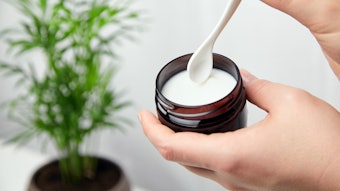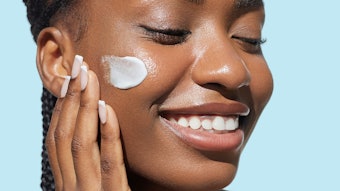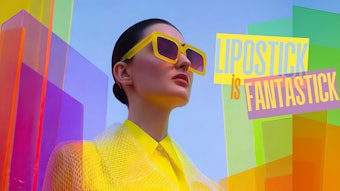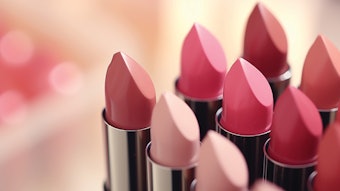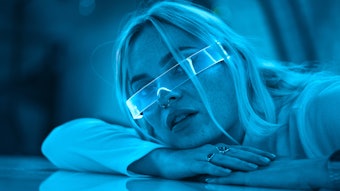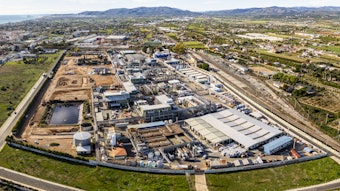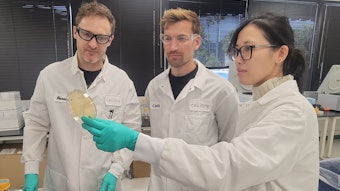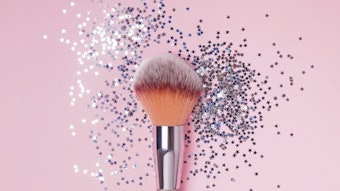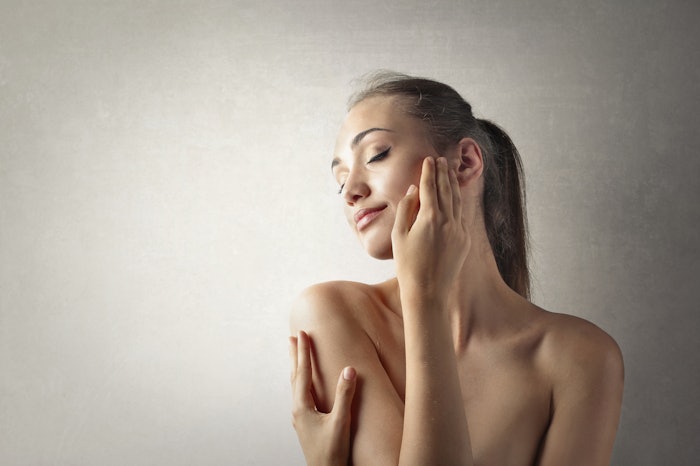
Abstract: As beauty evolves, skin emerges as both canvas and communicator, revealing systemic health, emotional states and more. This article explores the intersection of dermatology, sensor tech and mindful care, urging a balance between data and embodied wisdom.
Perceptions of beauty and skin care evolve, and skin often tells a story long before individuals themselves do. In the clinic, for example, I see previous procedures lingering in tissues — filler fragments from decades ago and facelift scars. These are the telltale signs of a face in pursuit of perfection.6 Notably, though, there is a discernable shift among dermatologists who are increasingly emphasizing preventive and supportive skin care regimes over procedural or aesthetic interventions.7
Innovative methodologies like the New Aesthetic Unit (NAU), an approach to treat facial asymmetry using hyaluronic fillers,1 are helping clinicians to adopt a more individualized framework for facial assessment, and even helping to undo past procedures. In fact, a recent study explored the challenges of dissolving older hyaluronic acid fillers, further emphasizing the need for individually tailored dosing; indeed, the holy grail of approaches to facial treatments is personalization. The study also highlighted the importance of taking a long-term view including reversibility in facial aesthetics.2
The use of fewer, more effective products has also been a trend among dermatology professionals — and now, consumers. But this comes at the cost of limiting the sensorial richness (i.e., fragrance, texture, etc.) of beauty products and instead focusing on solving specific underlying skin concerns. Taking it further, post-COVID, consumers have been investing in skin care as a tool for health, and not just appearance.
A perceivable divide has emerged between dermocosmetics focused on clinical targets and skin care, with its emphasis on sensory rituals. Notably, skin care has the advantage of appealing to all our senses and strengthening the skin-brain connection. In fact, beauty rituals may offer what a brief consultation with a dermatologist cannot: space for emotional well-being and a deeper connection to health.
Skin as a Sentinel of Systemic and Emotional Health
In relation, recent research reaffirms what I noted years ago: that skin is not merely an external barrier, but a responsive, dynamic organ intimately tied to the state of the entire body.3 Positioned as a real-time sensor of systemic and emotional well-being, skin reveals metabolic dysfunction, chronic stress or inflammation via changes in hydration, elasticity and even pH.4
What’s more, the skin’s neuroimmune-endocrine network constantly interacts with internal organs and the brain, serving as a visible interface between inner health and outer expression. Having coined the term emotional envelope, I’m delighted to see the growing research in this direction.3
Enter: Smart Diagnostics and Wearables
In parallel with shifting perceptions of beauty and skin care, smart diagnostics and wearables have become mainstream. Whether as the enthusiastic purchase of early adopters or for constant monitoring, these advances mediate almost every facet of our well-being — and we’re entering an age where consumers can identify their perceived imperfections in real time.
These biosensors are rapidly transforming wellness, beauty, and of course, health care. They offer insights into our stress, hydration and metabolism. Today, people can instantly access the data on how well their body is working without the need for invasive tests.
Thus, beauty tech — with ever-advancing imaging tools, biosensors and algorithms — offers a new lens through which to see skin. In fact, Culliney predicted that smart science will catapult beauty forward with platforms that adapt skin care based on real-time biometrics such as hydration levels, pollution exposure and hormonal shifts.5
But as we become more data-driven in our self-care routines, some key questions arise: Does continuous tracking empower us with actionable insights or cause unnecessary anxiety? Are we tracking relevant parameters? How much data about our own body do we really need, daily? Could excessive self-monitoring diminish our natural ability to tune into our body’s signals, creating dependency on external validation? Where is the line between beneficial self-awareness and obsession with quantifying every aspect of our health?
This intersects with the emerging phenomenon of holistorexia — the compulsion to optimize every detail of one’s health and appearance. As consumers monitor hydration, cortisol and glycemic rhythms, they may begin to distrust how they feel.
Digital Surveillance vs. Skin Wisdom
In the clinic, this dissonance manifests in clients pursuing perfection through uncoordinated micro-tweaks and finding the “next practitioner,” only to feel alone with difficult decisions (and often consequences) and disconnected from the face in the mirror. Changing their appearance often becomes a changing of identity.
Our skin is unique. Even normal biomarkers fluctuate based on genetics, circadian rhythms, emotional states and environmental exposure. There is no universal skin ideal, only a personal fingerprint. Yet most beauty tech platforms are designed around normative baselines.
As we integrate biosensors and data-driven diagnostics into skin care and wellness, we must ensure they enhance – rather than replace – our intuitive understanding of the body. With this promise comes a risk of substituting our innate wisdom with digital surveillance.
The soft feedback of touch, the trained eye of a clinician, the felt sensation of skin – all risk being overshadowed by hard data from devices. This shift can create a false sense of precision, while ignoring the holistic complexity the skin communicates.
To harness the wealth of data from digital technologies in a way that enhances our understanding of the body, a few additional questions are worth considering. Can the data be used to start deeper conversations? Can the feedback be gathered in a way that honors the subjective, emotional and intuitive aspects of skin health? And importantly, can we protect space and time for slow observation — i.e., for touch and the quiet wisdom of the skin?
Mindful Beauty and ‘Reading' Skin
Mindful beauty is the new luxury – personal, intentional and in rhythm with daily life. Slowing down to cherish the skin with care, time and presence is both affordable and transformative.
Many consumers enjoy personalized rituals that blend emotional well-being with visible skin health. Beauty in their hands becomes a quiet act of self-respect — curated, conscious and profoundly human.
To reclaim facial skin as a place of well-being and not merely a canvas for correction, we must learn to read skin with more than just our eyes.
References
1. Alizadeh, N. (2024, Dec). New aesthetic unit (NAU) method: A comprehensive method based on accurate anatomical assessment and precise multilayering panfacial treatment for hyaluronic acid fillers. Aesthetic Plast Surg. Available at https://pubmed.ncbi.nlm.nih.gov/39026056/
2. Rao, S., Saxena, R., ... Kashyap, B., et al. (2024). Hyaluronidase in aesthetic practice: Challenges in dissolving legacy fillers. Plast Reconstr Surg Glob Open, 12(1) e5660; doi:10.1097/GOX.0000000000005660; PMID: PMC11037726.
3. Steventon, K. (2022, Oct 26). Skin health × mental wellness: Underpinning the science — An exploration. Cosm & Toil. Available at www.cosmeticsandtoiletries.com/magazine/article/22512495.
4. Wang, J., Zhang, Y. and Xu, H. (2024). Skin as a sensor of systemic disease. Trends Mol Med, 30(2) 123–135; doi:10.1016/j.molmed.2024.01.001; PMID: 39974502.
5. Culliney, K. (2025). Smart science set to catapult beauty forward in 2025. BeautyMatter. Available at https://beautymatter.com/articles/smart-science-set-to-catapult-beauty-forward-in-2025.
6. Collins, A. (Accessed 2025, Jun 9). Perception drift and the slippery slope. Save Face. Available at https://www.saveface.co.uk/en/blog/post/perception-drift-explained-how-to-avoid-the-syringe-s-slippery-slope.
7. Evans, C. (2024). New directions in preventive dermatology. J Clin Aesthet Dermatol, 17(3) 34–42; PMID: 39026056.
